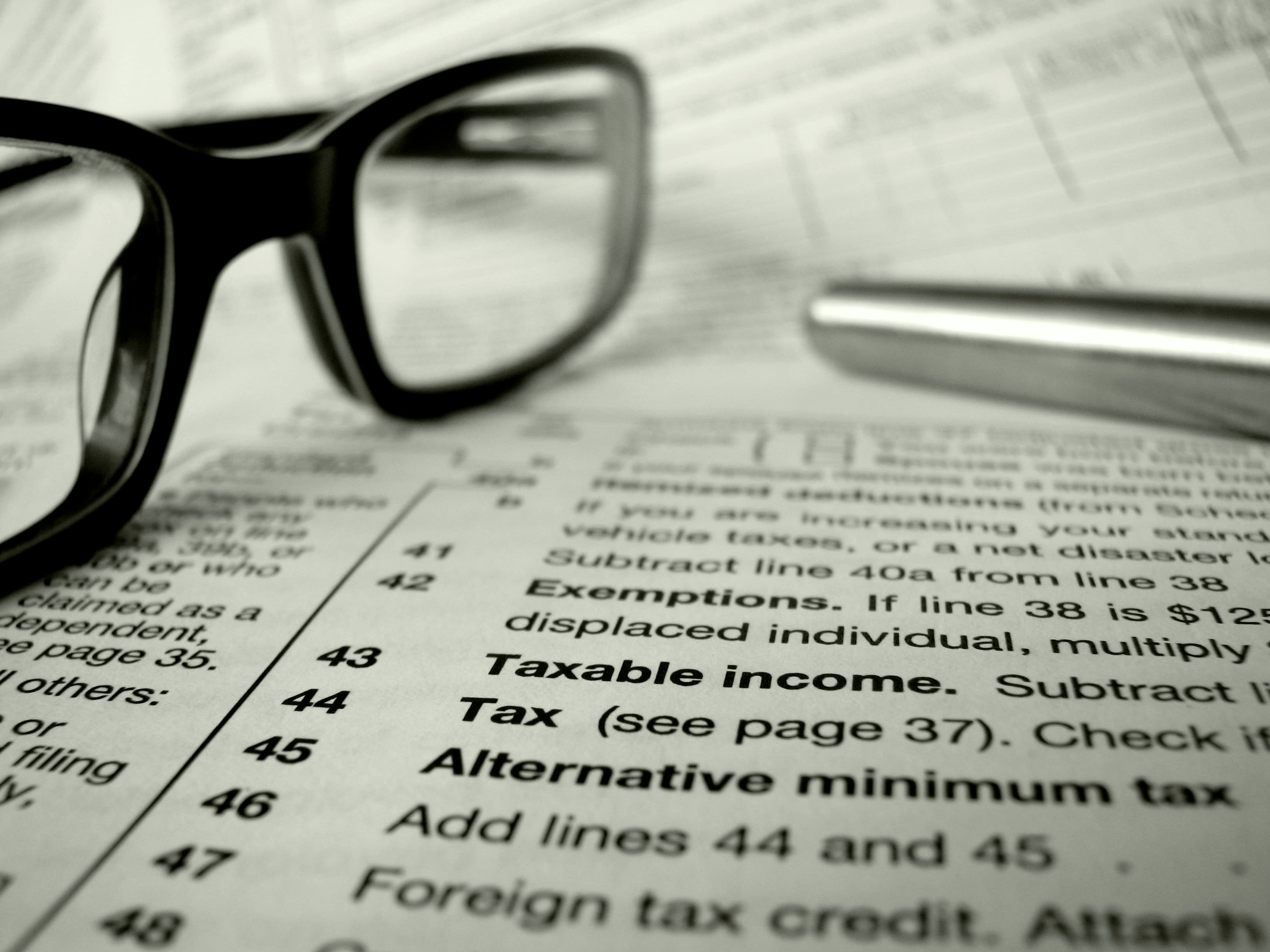What are they?
Congress created the federal Qualified Opportunity Zone (“QOZ”) program in the 2017 “Tax Cuts and Jobs Act” to encourage economic growth in underserved communities through tax benefits to investors. U.S. states and territories, including Washington, DC, nominated areas (by census tract) to designated as QOZs in 2018, and the IRS and Treasury finalized the designations that year. This program presents opportunities for real estate investment and development in distressed communities.
How does the program work?
Forming an Opportunity Fund:
Investments in QOZs must be made via an Opportunity Fund (“O Fund”) to qualify for tax benefits. There are no statutory limits on who may form an O Fund, but there are other requirements:
- May be a partnership or corporation organized for the purpose of investing in QOZ property;
- Must hold at least 90% of its assets in QOZ property, which can be stock, partnership interests and/or other tangible property used in a trade or business, (e.g. real estate), within a QOZ; and
- Must be certified according to IRS and Treasury regulations.
Proposed rules released by the Treasury Department in October 2018 state that O Funds will be able to self-certify via a form on their federal tax returns (Form 8996), which is also how they will certify that they fulfill the “90% asset” requirement.
Investments in O Funds may be capital gains from a previous sale made within 180 days (see below for more information on the tax benefits), and/or non-gain funds. In the case that both gains and non-gains funds are invested, they are treated as separate investments and receive different tax treatments by the federal government.
Fulfilling the “90% Assets” Requirement:
Under the Treasury’s proposed rules, this will rely on the asset values reported on the O Fund’s applicable financial statements for that year.
There is a “working capital safe harbor” for O Fund investments in QOZ businesses that acquire, construct, or rehabilitate tangible business property, including real property and other tangible property used in a business operating in a QOZ. Cash and cash equivalents qualify as business property for at least 30 months after new capital is raised.
QOZ Business Property Requirements:
The statute requires that QOZ business property, after being acquired by an O Fund, either be new or be substantially improved, which means investing at least as much on the improvement as was paid for the used asset. The proposed rules provide that the basis of the land need not be counted for purposes of determining whether real property has been substantially improved, thus significantly reducing the required investment amounts.
The Treasury is seeking comments on how to define “original use” for purposes of QOZ business property, especially for property that is abandoned, vacant, or portable.
In addition, QOZ business property must be “substantially all” in a QOZ. The proposed rules state that this requirement will be met if 70% or more of the property is in a QOZ.
What are the tax benefits?
Investors in QOZs can receive both deferral on capital gains taxes on investments the profit of which is rolled over into an O Fund (within 180 days of the sale to an unrelated party) as well as an exclusion from tax of up to 15% of those gains. Plus, full exclusion of those gains earned by deferred-gains investments within the O Fund is available. Here is how it works:
For capital gains reinvested into an O Fund:
- Temporary deferral (up to nine years) of capital gains reinvested in an O Fund;
- A 10% reduction in tax on the gain if the investor holds interest in the O Fund for five years;
- An additional 5% reduction in tax if the interest in the O Fund is held for seven years.
For future capital gains on investments accrued while in an O Fund:
- If held for at least 10 years, gains realized on investments made in connection with a deferral election (capital gains invested into an O Fund on which tax is deferred) are excluded from tax.
- Gains made in connection with investments that were non-gains funds initially are not eligible for this benefit.
What are the state law concerns?
States may attract more investment in QOZs by conforming state tax laws to the federal laws regarding capital gains. They can offer additional incentives by relieving the investor from paying the state capital gains rates on income earned from QOZ investments. States will likely be reviewing their tax codes in response to the federal changes. Visit our page on realtorparty.realtor for more information on the states’ capital gains rates.
What’s next?
Final rules for the program were released at the end of 2019, and they have provided some much-needed certainty for many investors who were waiting for them. In October 2019 the IRS announced it had drafted a form to collect information on Opportunity Funds, to help track whether investors in O Funds are complying with the law.











